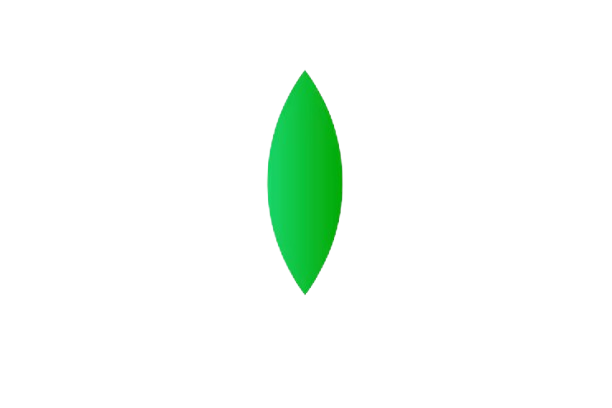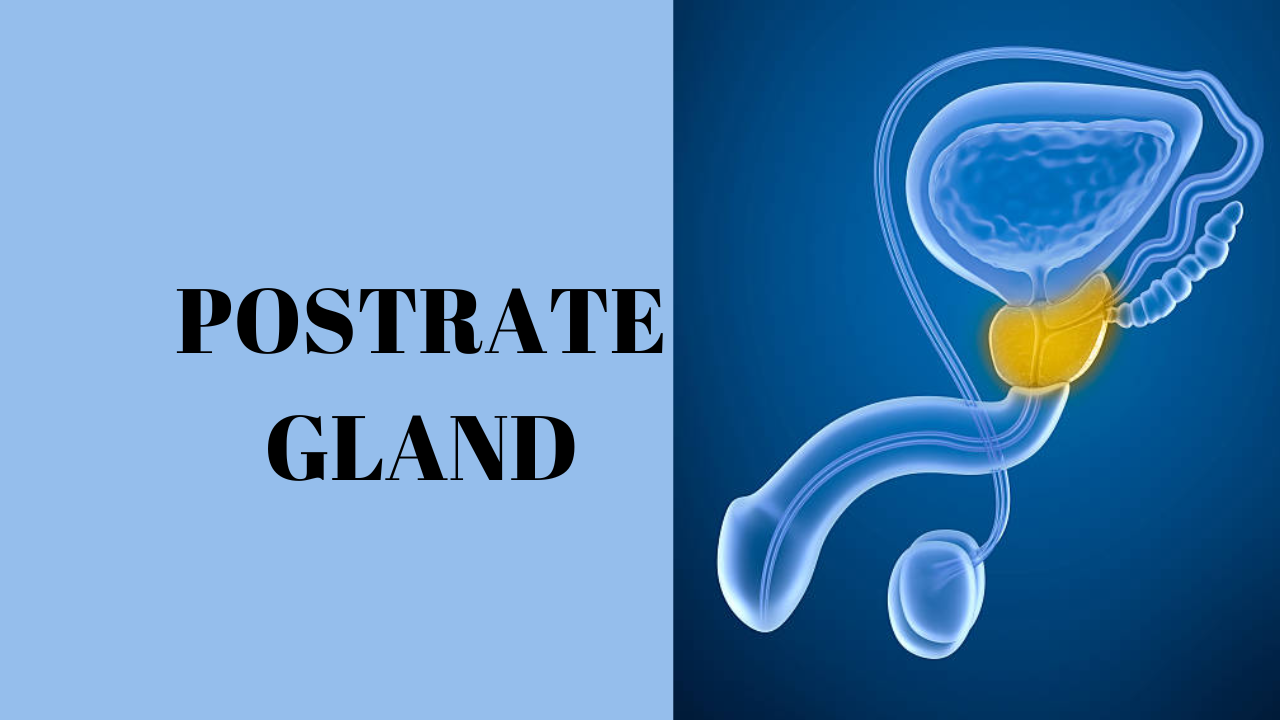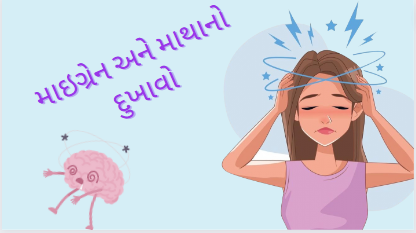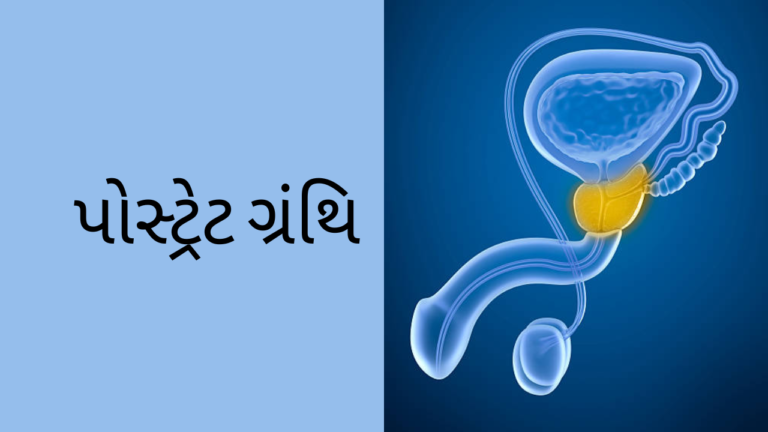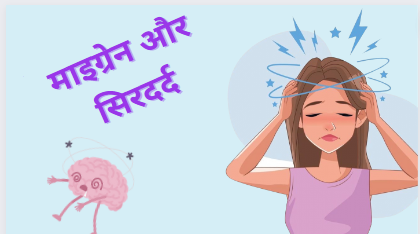PROSTATE GLAND
PROSTATE GLAND

What is prostate gland?
The prostate gland is located just below the bladder in men and surrounds the top portion of the tube that drains urine from the bladder (urethra). The prostate’s primary function is to produce the fluid that nourishes and transports sperm (seminal fluid).
Function of Prostate Gland:-
The prostate gland is a small, walnut-sized gland located below the bladder in males, surrounding the urethra, the tube that carries urine and semen out of the body. It plays several crucial roles in the male reproductive system and overall health (ampulla, seminal vesicle, and prostate):-
1. Production of Prostatic Fluid
2. Aiding in Ejaculation
3. Regulation of Urinary Flow
4. Hormone Regulation
5. Prostate-Specific Antigen (PSA) Production- Prostate-specific antigen, or PSA, is a protein produced by normal, as well as malignant, cells of the prostate gland. The PSA test measures the level of PSA in the blood.

Problems in Prostate Gland:-
The prostate gland, although essential for reproductive and urinary functions in males, can develop various issues or conditions, impacting health and quality of life. Some of the common problems related to the prostate gland include:
1.Benign Prostatic Hyperplasia (BPH)
2.Prostatitis
3.Prostate Cancer
4.Prostate Abscess
5.Urinary Retention
Reasons of P.G Enlargement:-
Prostate enlargement, medically known as benign prostatic hyperplasia (BPH), is a common condition that affects many men as they age. Several factors contribute to the enlargement of the prostate gland:
1.Age
2.Hormonal Changes
3.Hormonal Imbalance
4.Genetics
5.Lifestyle Factors
6.Chronic Inflammation
7.Medical Conditions (Diabetes, Heart Disease etc)
8.Life style factor
Symptoms:-
The symptoms of an enlarged prostate, also known as benign prostatic hyperplasia (BPH), can vary in severity among individuals. In the early stages, some men may not experience any noticeable symptoms. However, as the prostate continues to grow, it can lead to symptoms that affect urinary function. These can include:
1.Frequent Urination
2.Urgency
3.Weak Urine Stream
4.Difficulty Initiating Urination
5.Incomplete Emptying
6.Straining or Dribbling
7.Urinary Retention
8.Urinary Tract Infections (UTIs)
Problems due to PG Enlargement:-
Enlargement of the prostate, a condition known as benign prostatic hyperplasia (BPH), can cause several problems due to its effect on the urinary system. Some common problems associated with an enlarged prostate include:
1.Urinary Symptoms: –
BPH can obstruct the flow of urine from the bladder through the urethra, leading to various urinary symptoms such as:
Frequent Urination: The need to urinate more often, especially at night (nocturia).
Urgency: Sudden and strong urges to urinate.
Weak Stream: Reduced force or a weaker urinary stream.
Incomplete Emptying: Difficulty completely emptying the bladder.
2.Urinary Tract Infections (UTIs)
3.Bladder Problems
4.Kidney Complications
5.Impact on Quality of Life
Diet:-

1. Increase Fruit and Vegetable Intake: Aim for a diet rich in fruits and vegetables, particularly those high in antioxidants and vitamins. Berries, tomatoes, bell peppers, leafy greens, broccoli, and citrus fruits are good choices.
2. Healthy Fats: Healthy fats like avocados, nuts (such as almonds, walnuts), seeds (chia, Pumkin & flaxseeds), fatty fish (salmon, mackerel that are high in omega-3 fatty acids, which may help reduce inflammation.
3. Fiber-Rich Foods: Foods high in fiber can promote bowel regularity and overall digestive health. Whole grains like brown rice, oats, quinoa, legumes, and beans are excellent sources of fiber.
4. Limit Red Meat and High-Fat Dairy: Reducing the intake of red meat and high-fat dairy products may help alleviate symptoms. Instead, opt for lean protein sources like poultry, fish, tofu, and plant-based protein alternatives.
5. Watch Caffeine and Spicy Foods: Some individuals find that avoiding or minimizing caffeine, alcohol, and spicy foods can help manage urinary symptoms associated with an enlarged prostate.
6. Stay Hydrated: Drink plenty of water throughout the day. Although it may seem counter intuitive, staying adequately hydrated can actually help with urinary symptoms by preventing concentrated urine that can irritate the bladder.
7. Limit Fluid Intake Before Bed: Reducing fluid intake in the evening, especially before bedtime, may help minimize nighttime urination frequency and improve sleep quality.
8. Moderate Sugar Consumption: Excessive sugar intake can contribute to inflammation. Limit sugary foods and beverages in your diet.
9. Herbal Teas: Some herbal teas like green tea or saw palmetto tea are believed to have properties that might benefit prostate health. However, it’s important to drink these in moderation.
Herbs that are used in the treatment of BPH-

1.Tribulus Terrestris (Gokshura): Gokshura is widely used in Ayurvedic medicine and is believed to have diuretic and anti-inflammatory properties. It is commonly used to support urinary tract health and may help in managing symptoms of an enlarged prostate.
2. Shilajit: Known for its rejuvenating properties, Shilajit is a resinous substance found in the Himalayas. It is believed to have anti-inflammatory effects and may aid in maintaining prostate health.
3. Saw Palmetto: While not native to India, Saw Palmetto is extensively used in Ayurvedic medicine. It’s believed to have anti-androgenic effects and is used to alleviate urinary symptoms associated with BPH
4. Guggul: Guggul is derived from the resin of the Mukul myrrh tree and is known for its anti-inflammatory properties. It may have potential benefits for prostate health.
5. Ashwagandha: While Ashwagandha is more commonly known for its adaptogenic properties that help in stress management, it might indirectly benefit prostate health by reducing stress-related factors that could exacerbate symptoms.
6. Punarnava: Punarnava is a well-known herb in Ayurveda used for its diuretic properties. It may assist in reducing fluid retention and support urinary health.
7. Varuna (Crataeva Nurvala): This herb is used in Ayurvedic medicine for its potential diuretic and anti- inflammatory effects. It is believed to support urinary tract health.
Naturopathy Treatment for P.G Enlargement:-

Fasting-3 days only water fast (Lemon juice can be added sometimes).
Enema-Warm water or buttermilk enema need to be taken at least once daily.
All fruit diet – After the 3 days fast, patient should follow all fruit diet for another 3 days. Apples, pears, oranges, grapefruit, grapes, sweet lime, mangos, watermelon & all juicy fruits. Will help in remove toxin and unwanted fat.
Mix diet – After 3 days fast and 3 days all fruit diet, patient should shift to vegetables diet for further 7 days. This vegetables diet includes 2 meals of all fruits and 1 meal of steamed vegetables. So here new patients should follow the healthy diet of (1) Nut, Seeds & grains (2) Steamed or raw vegetables (3) Fruits.
Hot n cold compression – Along with the above diet chart, patients should also do hot and cold applications on the Prostate gland and its surrounding parts.
Hot n cold hip bath-Patient should also take alternate hot n cold hip bath. Hot bath should be taken first for 10 mins followed by 1 min cold bath.
Wet Pack-Application of wet pack is also very helpful in BPH
Yoga: –
Uttasana
Supta Baddha Konasana
Baddha-Lumasa
Malasana– (the garland pose)
Ardha Matsyendrasana-( half spinal twist pose )
baddha-Lumasa
Upavistha Konasana (wide angle seated pose)



Pathological tests to check Prostate Health:-
1. Prostate specific antigen (PSA) blood test.
2. Digital rectal examination (DRE).
Take away points: –
1. Pumpkin seeds– pumpkin seed is very good for prostate as it has zinc, copper and magnesium in it. The phytochemicals in pumpkin seeds may reduce the effects of dihydrotestosterone on the prostate.
2. Kulthi and black sesame seeds are also good for prostate.
3. Zinc n copper– Zinc and copper are critical to normal prostate function.
4. Pressure point– The point for the prostate is located at the base of the heel on either side. The point for the prostate is located at the base of the heel on either side.
